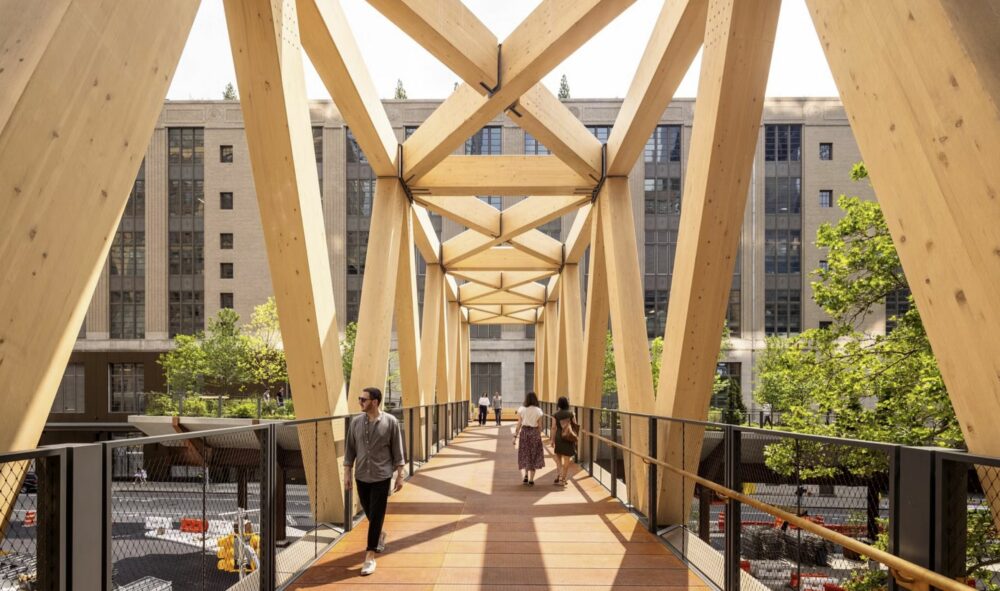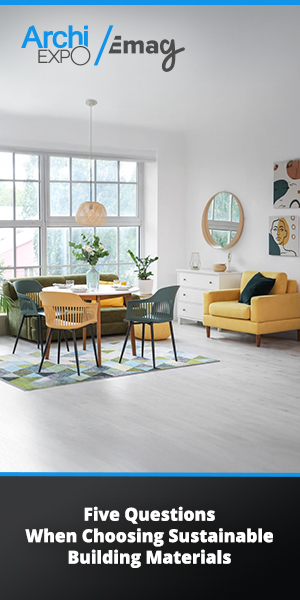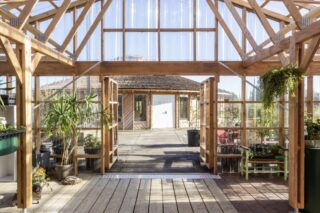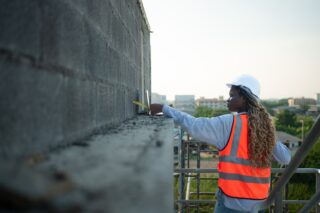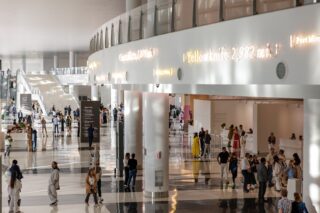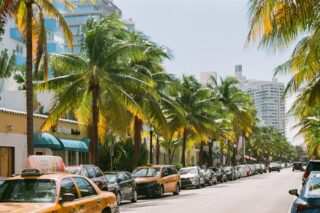NYC Mass Timber Studio presented exemplary projects to portray the potential of mass timber, an eco-friendly building material poised to reshape the city’s skyline while significantly reducing carbon emissions.
On Monday, April 29, from 6:00 to 8:00 pm, the Center for Architecture at 536 LaGuardia Pl., New York, NY, hosted the New York City Mass Timber Studio mid-review event, where the seven projects awarded in the first phase of the mass timber innovation program were presented. The event, which was free to attend, aimed to expand the use of mass timber as a critical component in achieving New York City’s carbon reduction targets.
Prefabricated technologies like mass timber were highlighted for their potential to offer a more integrated approach to construction, with the ability to sequester carbon and contribute to transforming cities into carbon sinks. The inaugural cohort of projects encompassed various building sizes and programs, ranging from community centers to residential and industrial development, to build capacity across the industry and unlock the full potential impacts of utilizing mass timber instead of more carbon-intensive construction materials.
Attendees were encouraged to register to learn more from project teams as they delved into key mass timber focus areas, including navigating regulatory frameworks, driving innovative project delivery, assessing technical feasibility, designing for community and equity, and advancing sustainability and resiliency. The event was organized by the NYC Economic Development Corporation, NYC Mayor’s Office of Climate and Environmental Justice, NYC Department of Buildings, AIA New York, WoodWorks, US Forest Service, and Softwood Lumber Board.
WATCH the video Building to Net Zero with Mass Timber in NYC – 09.20.2023.
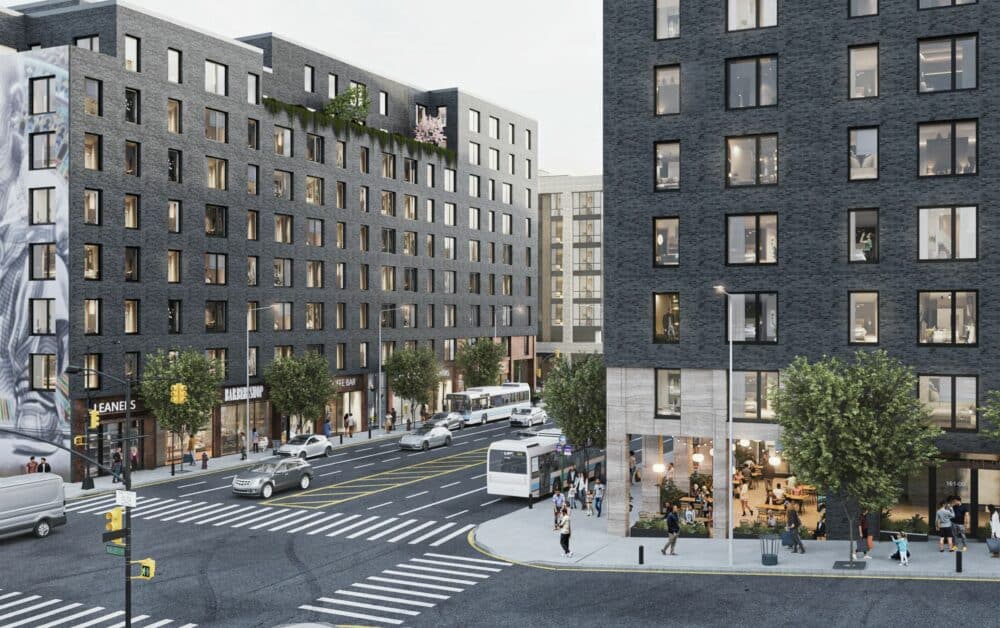
Carbon Reduction Targets: 7 Pioneering Projects
With climate change at the forefront of global concerns, the imperative to reduce carbon emissions has never been more pressing. The NYC Mass Timber Studio represents a bold step towards achieving New York City’s ambitious carbon reduction targets. By harnessing the power of mass timber, organizers aim to slash embodied carbon emissions, setting a new standard for sustainable construction practices.
The event unveiled seven pioneering projects selected for the first phase of the mass timber innovation program. From community centers to residential and industrial developments, the inaugural cohort showcases the versatility of mass timber across various building typologies and scales. These projects demonstrate the technical feasibility of mass timber construction and underscore its potential to foster community resilience and equity. Here are the projects:
- Walter Gladwin Recreation Center – Tremont, Bronx. Marvel, TYLin | Silman Structural Solutions, NYC Parks & Recreation, and NYC Department of Design & Construction (NYC DDC).
- Brooklyn Public Library New Lots – East New York, Brooklyn. Brooklyn Public Library, MASS Design Group, Marble Fairbanks Architects, Envoie Projects, and TYLin | Silman Structural Solutions.
- Mass Timber in Harlem – Harlem, Manhattan. atelierjones, Magna & York, Sage and Coombe, Swinerton, Timberlab, and DCI Engineers.
- Hillside Ave – Jamaica, Queens. Curtis + Ginsberg Architects, MURAL Real Estate Partners, Buro Happold, and Rodney G. Gibble Consulting Engineers.
- Hoek Place – Red Hook, Brooklyn. Urban Terrains Lab, BLDGWorks, TYLin | Silman Structural Solutions, Element5, and Veneklasen Associates.
- 1160 Flushing Avenue – Bushwick, Brooklyn. Totem, BEB Capital, dencityworks | architecture, Evergreen Exchange, and A+I.
- The Grafted Home – Crown Heights, Brooklyn. Algoma and Neighbor.
At Mass Timber Studio, the mission is to foster innovation and collaboration within the construction industry. By providing technical assistance and navigating regulatory frameworks, the program seeks to empower architects, designers, and homeowners to embrace mass timber as a viable alternative to traditional construction materials. Through strategic partnerships with government agencies, industry organizations, and academic institutions, the Mass Timber Studio is poised to catalyze a paradigm shift towards sustainable urban development.
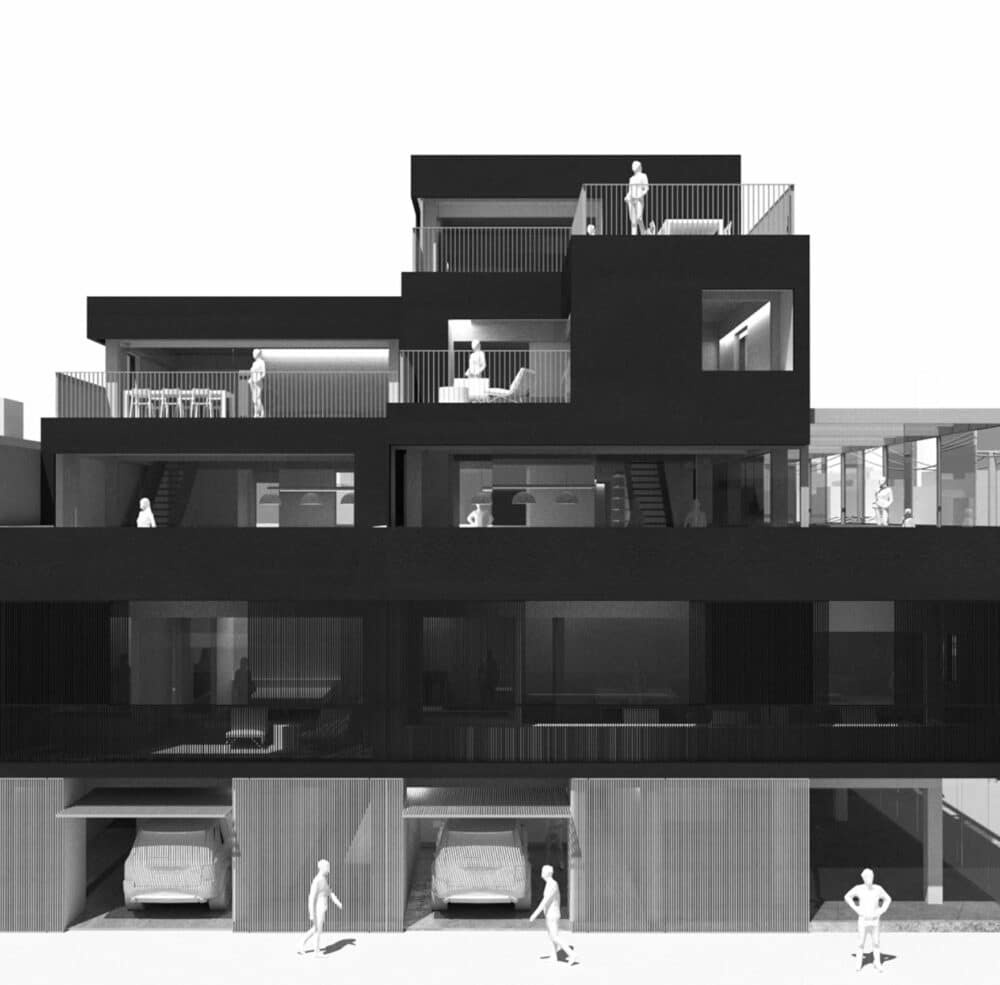
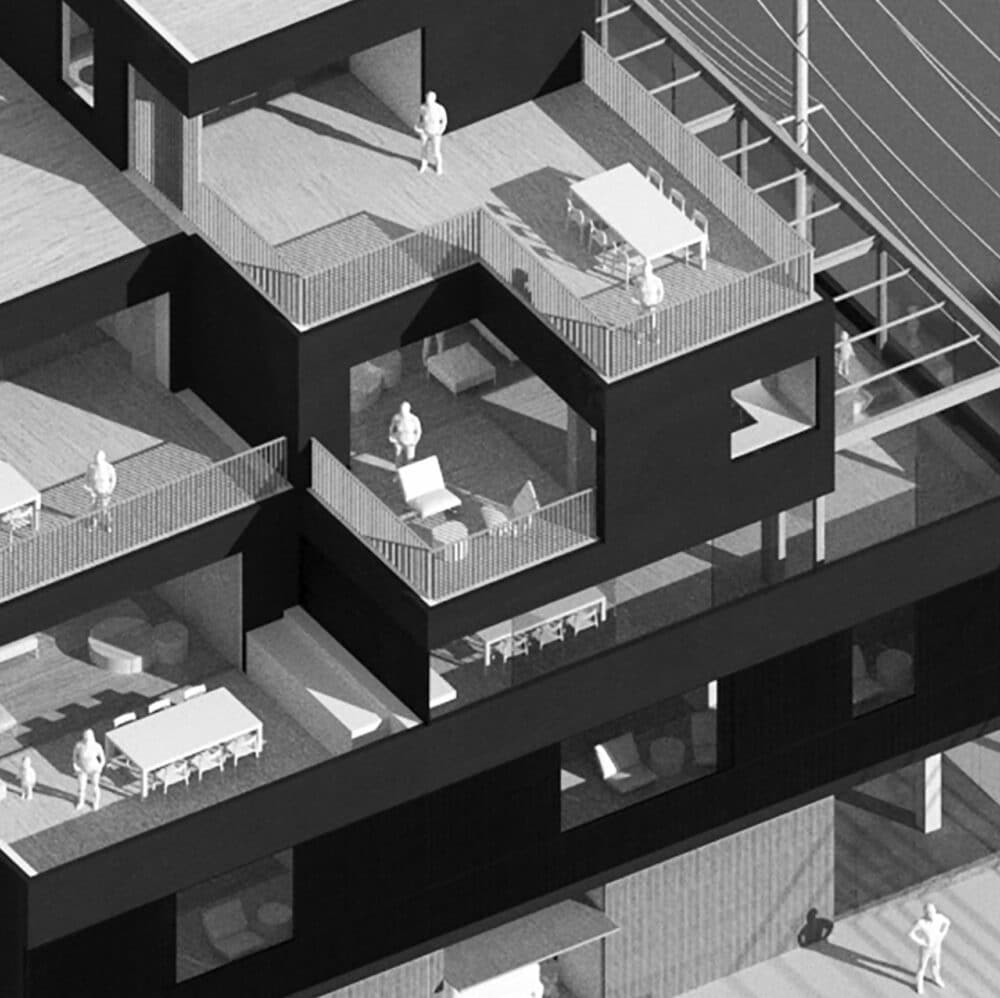
$400m Staten Island Project
Staten Island is poised to become New York City’s latest hotspot for mass timber construction, with city officials unveiling a bold plan to erect two 50-foot timber mega towers along the Stapleton waterfront. Situated less than a mile from the ferry terminal, these towers represent the largest opportunity to utilize mass timber at scale in the city. Spearheaded by the New York Economic Development Corporation (EDC), the project marks a significant milestone in Mayor Eric Adams’ vision for a vibrant and sustainable Staten Island. Melissa Román Burch, the EDC’s Chief Operating Officer, emphasized the project’s transformative impact, highlighting the inclusion of 500 rent-controlled apartments and sizable tax breaks for the winning developer.
The initiative is part of a broader strategy to revitalize Staten Island’s image and enhance public access to its waterfront, a long-standing issue for local residents. As part of the city’s comprehensive approach to mass timber development, the EDC’s “Mass Timber Studio” is providing crucial technical assistance to developers and architects, ensuring seamless project planning and design. Cecilia Kushner, the EDC’s Chief Strategy Officer, emphasized the program’s commitment to seeing projects through to completion, underlining the city’s readiness to embrace mass timber as a sustainable building solution.
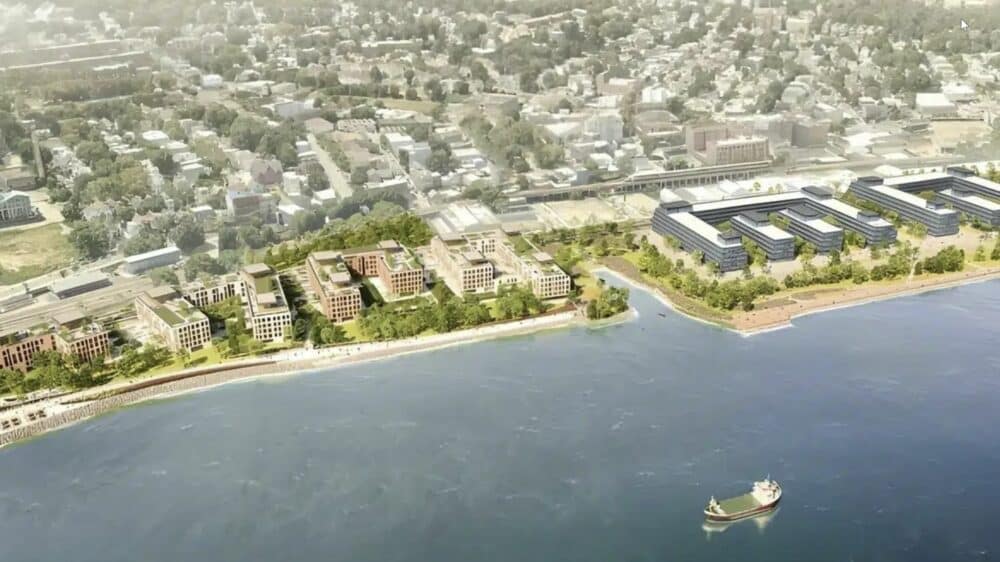
Transforming the Urban Landscape
The implications of mass timber extend far beyond reducing carbon emissions. As a prefabricated material, mass timber offers a streamlined and integrated approach to construction, promising efficient building processes and enhanced flexibility for future adaptation and deconstruction. By turning cities into carbon sinks, mass timber has the potential to transform urban landscapes into vibrant, sustainable ecosystems.
As the NYC Mass Timber Studio gains momentum, its impact is poised to reverberate across the construction industry and beyond. By raising public awareness, fostering collaboration, and identifying new development opportunities, the program is laying the groundwork for a more sustainable and resilient future. With mass timber at the forefront of this transformation, New York City is poised to lead the charge toward a greener, more sustainable urban landscape.
